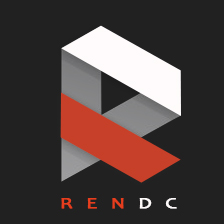The models in CMMI are:
Product and service development (CMMI for Development model)
Service establishment, management, and delivery (CMMI for Services model)
Product and service acquisition (CMMI for Acquisition model)
Development Model: It is inevitable to reach the quality product or service to customer on time. Using CMMI-DEV model, could help enterprises achieve product delivery on-time with high quality, especially the service relies heavily on software. This model is a collection of best practices which an organization follows for dramatically improvement of effectiveness, efficiency and quality of the product.
The benefits that are experienced by the organizations using CMMI-DEV are:
Better customer satisfaction
Increased quality
More accurate schedules
Lower development costs
Substantial return on investment
Improved employee morale and reduced turnover
Services Model: CMMI-SVC is a guide for helping service provider organizations to reduce costs, improve quality and improvement of predictability of schedules. The service providers deserve the development community enjoyed opportunities for years. The service providers are based on community models by practice deserves the opportunity to improve the processes.
CMMI-SVC provides best practices to
Decide the services providing, define services standards
Ensure that they obtain the elements to deliver a quality service, consumables and equipment.
Place the new systems in locations, change the existing systems, and retire obsolete systems.
Handle the elements that goes wrong for preventing from moving wrong in the first place
Acquisition Model: CMMI-ACQ is a best practice model which helps to improve relationships with the suppliers by helping improvisation of own processes. The project control can be increased, global sourcing of products could be better managed, and acquire the solutions which meet the needs of organization. This model is based on CMMI framework, and has 22 process areas, out of which six are acquisition practices specific and sixteen are shared among other CMMI models.
The six process areas that are specific to acquisition practices are
Acquisition Requirements Development (ARD)
Solicitation and Supplier Agreement Development (SSAD)
Agreement Management (AM)
Acquisition Technical Management (ATM)
Acquisition Verification (AVER)
Acquisition Validation (AVAL)


